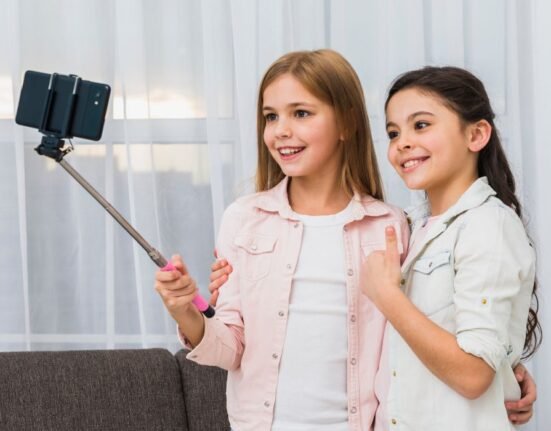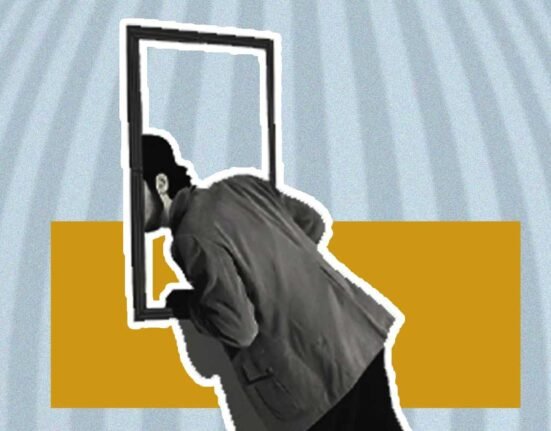Visual storytelling is a compelling medium that transcends the mere presentation of facts and dives deep into the emotional spectrum of the audience. It’s an art that has been refined over time, from the earliest cave paintings to the sophisticated video content of today. Central to this evolution is video editing – a powerful tool that shapes narratives and orchestrates viewer’s emotions.
Each decision made in the editing room, be it a cut, a transition, or a color adjustment, is a deliberate step towards evoking a specific emotional response. This journey is deeply rooted in psychological principles, understanding which can significantly enhance the impact of storytelling. As we navigate through the nuances of video editing, we uncover the profound effect it has on storytelling, transforming simple narratives into powerful conduits of emotion. This is the essence of modern visual storytelling – where technology, psychology, and art converge to create deeply resonant experiences.
Understanding Visual Storytelling:
Visual storytelling is the compelling art of using images, videos, and narratives to convey a story or message. It’s a powerful medium that combines various elements such as text, sound, and visuals to engage audiences emotionally and intellectually. Historically rooted in ancient cave paintings and evolving through centuries to modern film and digital media, visual storytelling has always been a fundamental way humans communicate and connect. Today, it encompasses everything from cinema to online content, where each visual element is carefully crafted to evoke specific emotions and reactions.
The Psychology Behind Emotions in Storytelling:
The Psychology Behind Emotions in Storytelling delves into how narratives evoke a spectrum of emotions. Stories, whether conveyed through books, movies, or videos, are a universal language of the human experience, deeply rooted in psychological processes. They tap into our memories, hopes, and fears, often triggering a profound emotional response. This emotional connection is not by chance but is a result of carefully crafted narrative elements.
Understanding these elements and their impact on the human psyche is crucial for storytellers. By comprehending how and why certain stories resonate, creators can more effectively communicate and evoke the intended emotional response, whether it’s joy, sadness, anticipation, or fear, making the narrative not just heard or seen but deeply felt.
Video Editing as a Language of Emotion:
Video editing is akin to a nuanced language that speaks directly to the viewer’s emotions. Each editing choice, from the pacing of cuts to the selection of shots, acts as a word or phrase in an emotional dialogue. Editors, much like authors, use this language to craft a narrative that resonates on a deeply emotional level.
Through the rhythm of scenes, the juxtaposition of images, and the interplay of sound and silence, they guide the viewer’s emotional journey, making video editing an art form that communicates far beyond the visible.
Key Editing Techniques and Their Emotional Impacts:
The skillful manipulation of key editing elements can evoke a spectrum of emotions, influencing how audiences perceive and connect with visual content. By adeptly employing cuts, transitions, and pacing, video editors can craft a narrative that resonates on a deep emotional level. The integration of these techniques can enhance storytelling, intensify suspense, or create a sense of harmony.
Elevate your video editing prowess by incorporating these strategies to elicit specific emotional responses from your audience. Consider utilizing an online video editor for added convenience and accessibility in refining your visual narratives. Harness the power of key editing techniques to leave a lasting and emotionally charged impression on your viewers.
The Role of Rhythm and Pace:
The rhythm and pace in video editing are pivotal in dictating the viewer’s emotional journey. A rapid succession of cuts might instill urgency or excitement, while a more measured tempo allows for introspection or sorrow.
Editors strategically manipulate these elements to maintain engagement, ensuring each scene resonates with the intended emotional impact. This pacing is not just about the speed of the narrative but about rhythmically aligning the viewer’s heartbeat with the story’s pulse, creating a seamless and immersive emotional experience.
Color Psychology in Visual Storytelling:
Color is a silent yet powerful storyteller, speaking directly to the viewer’s emotions. Each hue carries its own psychological weight: warm colors like red and yellow can evoke feelings of warmth, energy, or danger, while cooler tones such as blue and green often convey calmness, sadness, or tranquility.
Through skillful color grading, editors wield the power to subtly shift the mood of a scene, enhancing the narrative without a single word. This technique allows for the creation of a visual ambiance that resonates with the audience, making color an indispensable tool in the emotional arsenal of visual storytelling.
Sound and Music: The Unseen Emotional Guides:
Sound and music serve as invisible yet powerful guides in shaping a video’s emotional landscape. They work subtly, yet profoundly, to underscore the narrative, often dictating the heart’s response before the mind fully comprehends the scene.
A carefully chosen soundtrack or a sharply timed sound effect can turn a scene from joyful to sorrowful, from tense to tranquil. As integral components of storytelling, they complement visual elements, filling the gaps and enhancing the overall sensory experience, thereby deeply embedding the story’s emotional essence in the viewer’s memory.
Ethical Considerations in Emotional Manipulation:
Manipulating viewer emotions through video editing is a powerful tool that comes with significant ethical responsibilities. Editors must be mindful of the impact their work has on audiences, ensuring that emotional manipulation serves the story and respects the viewer’s dignity.
It’s crucial to avoid deceptive or harmful practices that might mislead or distress the audience. Ethical editing involves transparency, respect for the audience’s emotional well-being, and adherence to moral guidelines that prioritize the integrity of the story and the trust of the viewer. As storytellers, editors hold a responsibility to wield their power thoughtfully.
The Future of Emotional Storytelling:
The future of emotional storytelling is poised for transformation with emerging technologies like VR, AR, and AI. These innovations promise to immerse audiences in stories more deeply than ever before, offering new dimensions of emotional engagement.
Video editors and storytellers will have unprecedented tools to craft experiences that are intensely personal and impactful. As we navigate this exciting frontier, the potential to connect with audiences on a profound level will expand, ushering in a new era of storytelling that is as boundless as our imagination. The journey ahead is one of discovery, creativity, and deeper emotional resonance.
Conclusion:
The psychology of visual storytelling is a vast and fascinating field, with video editing at its heart. As online video editors make these tools more accessible, understanding how to use them to craft emotionally resonant stories is more important than ever. Whether you’re a professional editor or an enthusiast, considering the emotional impact of your work is crucial. As we move forward, the stories we tell and how we tell them will continue to evolve, but the goal remains the same: to connect with our audience on a deep emotional level.













Leave feedback about this